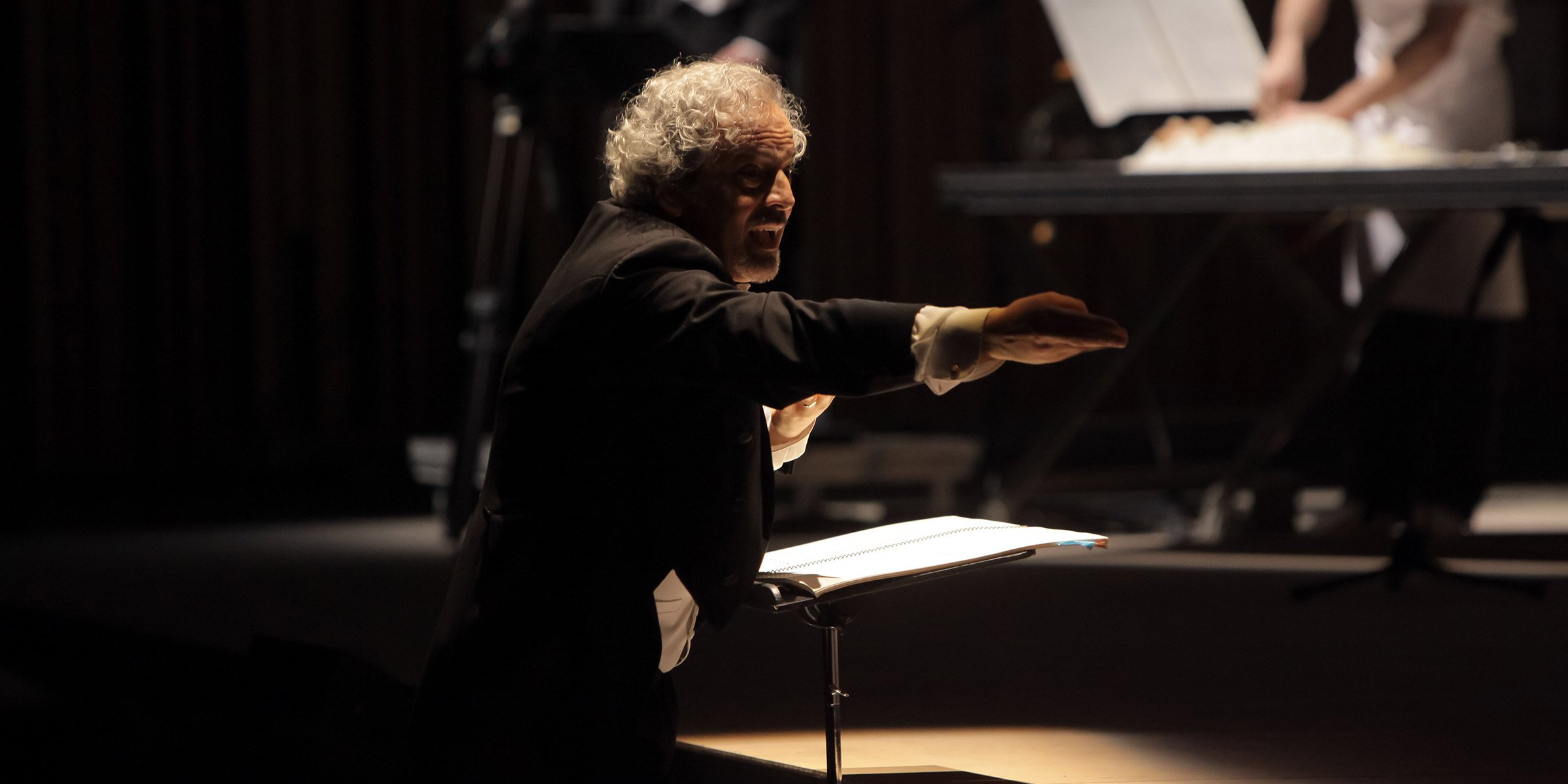THE CUTTING POETRY OF A SHARPENER

In today’s light, when the specter of extinction looms over a range of professions once deemed indispensable, the profound meaning of a work like Experimentum Mundi by Giorgio Battistelli might be easier to grasp than it was at its premiere at Casa da Música on March 30, 2013. Subtitled “A Dramaturgy of Work,” the piece, written in 1981, already carried the weight of 400 performances – a rare feat in the realm of contemporary music. Yet, the Italian composer had only once before agreed to work with a local cast. And what a cast it was: coopers, carpenters, knife grinders, blacksmiths, cobblestone pavers, shoemakers, masons, a pastry chef, a stonemason, a women’s community choir, a percussionist, and a narrator-actor. One of the key premises of Experimentum Mundi was precisely to “challenge” the measurable system of Western classical music with the asymmetric rhythms of artisanal trades – and, along the way, to offer artisans a new understanding of the significance of their work, the dignity, and the history of their crafts.
The responsibility for casting – something Battistelli had never previously delegated – was entrusted to Casa da Música’s Education Service. It was a particularly risky task given that the participants were individuals with no familiarity with the stage, often hidden away in the solitude of their small workshops, if they still had them, since a common denominator among them was precariousness and unemployment. Yet the dedication and focus of everyone involved during the rehearsal process quickly dispelled any cause for alarm. Even so, the atmosphere before the premiere was tense, as recalled by photographer José Miguel Nogueira, whose images of the final rehearsal form the backbone of a book published by Casa da Música: “I felt the nervousness in their voices and the weight of responsibility in the gestures of the artisans preparing to place their craft at the service of contemporary music. The pastry chef, who had spent the night making sponge cakes for Easter, kept an impeccable rhythm with his egg-beating instrument, while the others attentively watched the conductor’s movements, which they had learned to interpret. The moment was so unique it had to be captured.” And it all culminated in resounding success, uniting audience and critics alike under glowing adjectives such as “memorable” and “transcendent.” For the artisans, it was, of course, a transformative experience. Many expressed this verbally in testimonies recorded in the aforementioned book. But one, in particular, conveyed it in a profoundly touching way. His name was Vítor, a knife grinder – a discreet man, reserved in his emotions, somewhat melancholic. He brought with him an anvil, a bench vise, a drill, files, mandrels, polishers, rasps, tongs, saws, pincers, and an entire array of tools. Unlike his stage colleagues, he didn’t take them all back at once. He left them there. Then, day after day, he returned to retrieve one at a time. He never explained why, but perhaps no other gesture so poetically embodied Battistelli’s vision: the communion between art and craft.